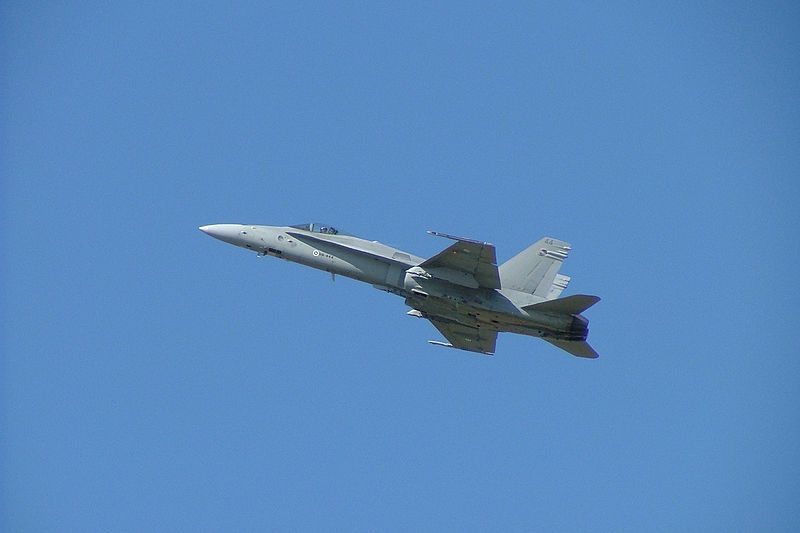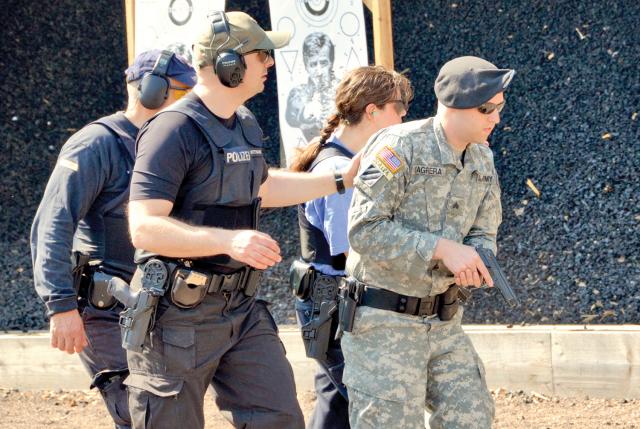Australia needs a Plan B and even a Plan C to maintain air combat supremacy in the event of further delays in the new Joint Strike Fighter (JSF), a new study says.
Plan B, the “least bad” option, would involve extending the life of existing RAAF Hornet aircraft past 2020 while Plan C would involve buying additional Super Hornets on top of the 24 ordered to replace F-111s.
Australian Strategic Policy Institute analyst Andrew Davies said problems with the JSF program must be raising questions within defence and the government of another looming capability gap later this decade.
The Lockheed Martin F-35 Lightning JSF is an advanced stealth multi-role combat aircraft that will be the mainstay of US and allied air forces to around mid-century.
Australia will acquire up to 100 JSF aircraft in a deal worth up to $16 billion with the first due for delivery in 2014 and entry to service in 2018.
Delays in JSF development mean initial operational capability is now looking more like 2019-20, about the time classic Hornets, which entered service in the mid-1980s, are reaching retirement.
The government has argued that the JSF delivery schedule contains enough flexibility to account for delays but Dr Davies said the margins were becoming uncomfortably tight.
JSF, once billed as an affordable US$55 million aeroplane, is now looking more like a US$130 million aeroplane.
Dr Davies said cost was less of a problem for Australia than the delivery schedule.
“Schedule pressures mean that the ability of the RAAF to maintain its fleet of around 100 combat aircraft, the publicly-stated necessary number to maintain capability in the last few years of this decade, is now coming under question,” he said.
On the plus side, JSF is now well ahead in its flight test schedule and looks like being as stealthy as claimed.
Dr Davies said more of a concern was software, the bugbear of numerous high technology defence projects.
“Development is behind schedule and the latest re-plan has slipped each successive (software) delivery further out,” he said.
“The initial warfighting capability is scheduled for late 2013 and the full warfighting capability is now out to April 2016.”











